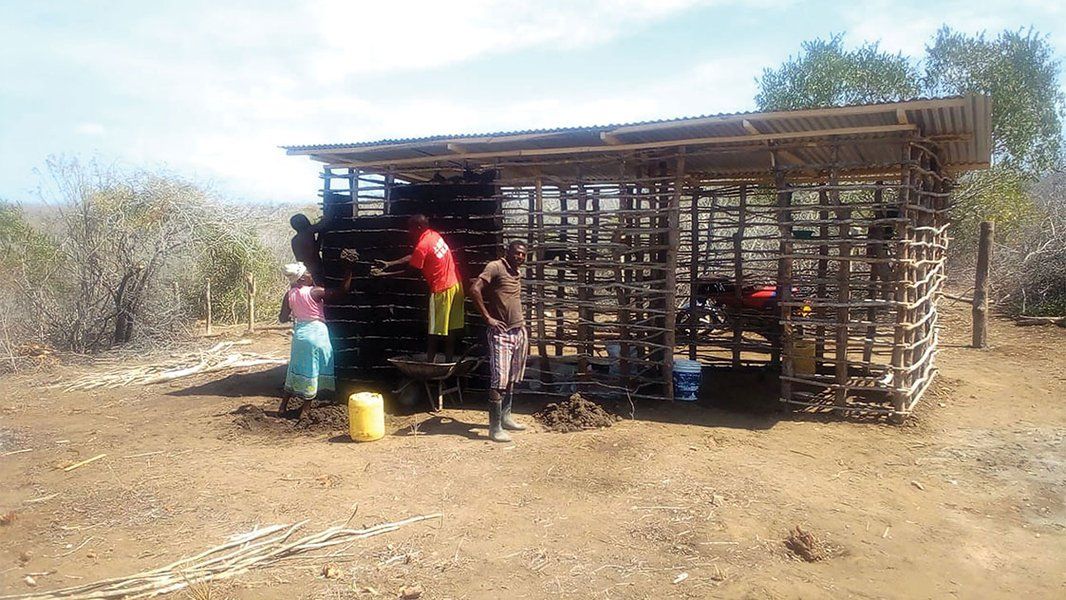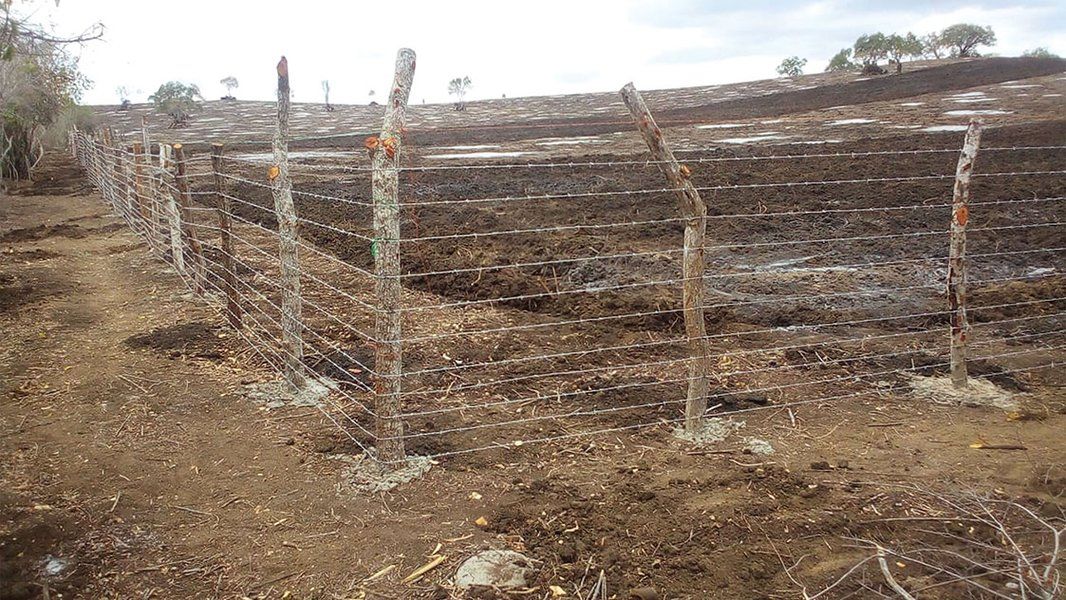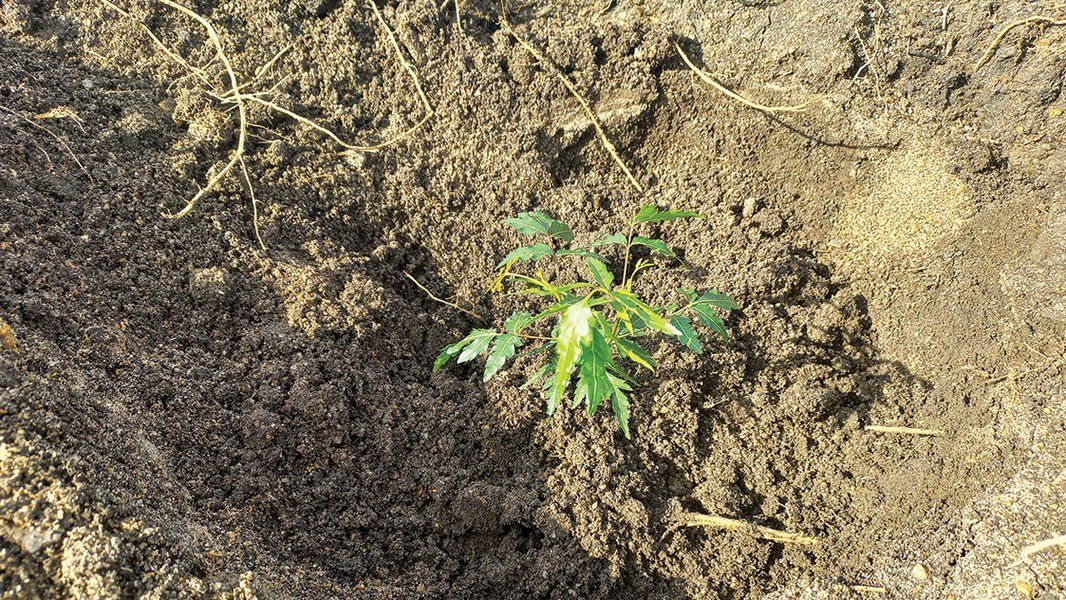Planting trees can be a bit like football – when the whole team works hard together, the results usually come quickly.
Our 50-strong team in Bore have been working tirelessly to get everything ready for the imminent planting of the neem trees, which was dur to begin once the seasonal rains began to fall. These days it’s harder to predict when the rains will come, but now the plot was made ready for whenever that moment arrives.
The Bore team would arrive at the planting site soon after sunrise to share out the day’s work while it’s still relatively cool. By noon the equatorial sun is directly overhead, but that thorny scrub had to be removed.
After the clearing of invasive scrub and completion of a strong perimeter fence to stop wayward cattle and goats from having a nibble on the seedlings, forest officers from the Kenya Forest Research Institute (KEFRI) visited the project to help train up the local farmers in the most effective ways to plant the trees.
Gladys Ruto, KEFRI Forestry Researcher and Ecologist, was on hand to discuss planting techniques with Kavumbi Ngumbao, who has eight children and wants to use the cash she earns from this work to set up a small poultry-rearing business to pay for secondary school fees.
Lines and sticks were used to locate the pits into which the seedlings will be planted. Meanwhile, back in the nursery, the seedlings were growing well and ready to go to their final homes.
When the ‘little rains’ finally arrived in Coast Province, Kenya, we could make a start on the big job of getting 12,500 baby neem trees in the ground to create our very special Arsenal Forest.
But before the planting could commence, we had to construct a small shack for the nightwatchman, whose role is to protect the trees. The site is located near a seasonal river, which is frequented by hippos, and even a strong fence with poles bedded in concrete won’t offer much resistance to a hungry hippo if one decides they want a little nocturnal munch on some nice young neem leaves.
If that happens, the nightwatchman’s job is to alert the rest of the team by phone to shoo the hefty culprit away as soon as possible (shooing a hippo away is most definitely not a job you want to do on your own at night!).
Once these tasks were completed the seedlings were loaded on to a truck at the nursery and transported to their final home.
Finally, in early December, the first truckload of 6,000 Neem seedlings were unloaded at the planting site.
Once these have been put into the ground, another full load will be needed to bring us up to our initial target of 12,500, although of course we are also adding in the trees that Arsenal supporters – and, thanks to his Twitter campaign, Pablo Mari – are adding to the Forest. We have close to 2,000 of these now – an amazing effort!
The site is around 40 acres in area so there is a lot of hauling of trees to be done. Luckily our team of women workers can carry them effortlessly in plastic basins balanced on their heads – quite a challenging job over uneven ground.
Small holes about one foot in diameter are dug and the precious baby trees are very carefully removed from their polythene pots and quickly planted at the base. Any rain that comes will collect in these ‘planting pits’ and give the seedlings the best chance of survival. It’s a tried and trusted method and should establish a healthy Arsenal Forest.
Each tree is given eight feet of space around it, enough room to develop a large root system that will support it during the inevitable long dry periods in Kenya. Neem are a particularly drought-resistant species and the soil at the planting site is fertile and high in humus content, so should retain most of the rain that does fall.
We have our Forest!
Copyright 2024 The Arsenal Football Club Limited. Permission to use quotations from this article is granted subject to appropriate credit being given to www.arsenal.com as the source.



















